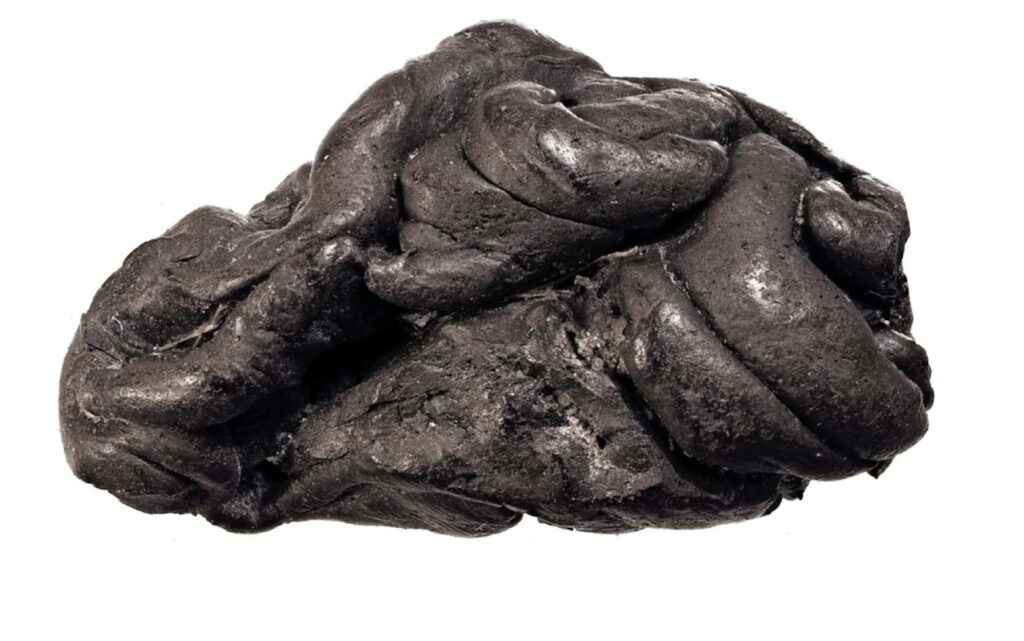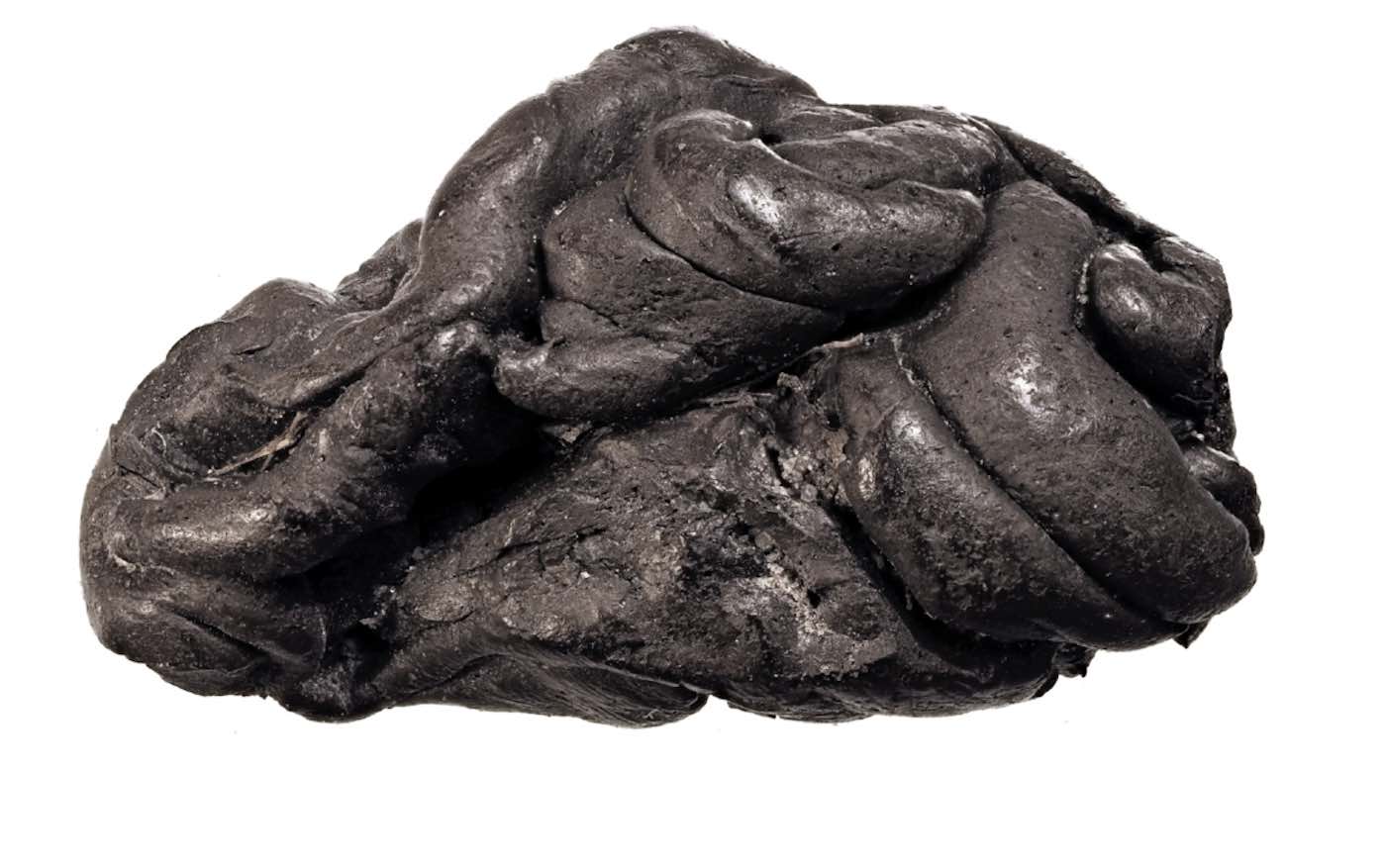A 5,700 year-old lump of pitch from a tree provided intriguing details to archaeologists about the intimate details of a Stone Age Danish woman—and the ‘chewing gum’ sheds new light on the evolution of our species.

Found on an island known for its mud, the Paleolithic chewing gum has been perfectly preserved, and scientists were able to determine the individual’s skin, hair, and eye color, pathogenic profile, dental health, diet, and more, from the DNA inside.
3,700 years before the Biblical story of Jesus, a woman with dark skin, dark hair, and blue eyes lived around a place in Denmark called Syltholm, on the island of Lolland, and was chewing on a 1 centimeter long piece of birch pitch before spitting it out on the ground, as so many have done since.
There it became encased in mud for millennia until scientists managed to somehow identify, preserve, and study it.
In the pitch, researchers were able to collect her entire genome, as well as those of other species that had inhabited her mouth. She was lactose intolerant, seemed to prefer wild food to agricultural grains staples, and carried a viral infection many of us have today.
“It is amazing to have gotten a complete ancient human genome from anything other than bone,’’ says Associate Professor Hannes Schroeder from the Globe Institute, University of Copenhagen, who led the research.
POPULAR: Paleontologists Uncover Rarer-than-Rare Fossil of Oviraptor on Nest of Eggs With 24 Embryos Inside
“What is more, we also retrieved DNA from oral microbes and several important human pathogens, which makes this a very valuable source of ancient DNA, especially for time periods where we have no human remains,” he adds.
A window in time
This individual, named “Lola” after the name of the island on which the gum was found, had dark skin, suggesting the adaptive lighter skin of northern Europeans evolved much later on. She could have been chewing on the gum, made by rendering down birch bark, for a number of reasons.

As the principle Stone Age adhesive agent, resin of a variety of trees becomes more pliable the more it’s heated, and chewing it could have been a way to keep it pliable as it became cooler after heating.
There’s also the possibility that its antiseptic properties led her to chew it to relieve dental pain, or she could have simply enjoyed the monotonous gnawing that brings many of us to chew gum today.
RELATED: Watch a Billion Years of Shifting Tectonic Plates Forming Our Continents in 40 Seconds
The gum contained viral DNA of the Epstein-Barr virus, which infects 90% of humans today. The DNA of mallard duck and hazelnuts, likely the meal Lola last enjoyed, were also encased in the pitch.
“Syltholm is completely unique. Almost everything is sealed in mud, which means that the preservation of organic remains is absolutely phenomenal,” says Theis Jensen, Postdoc at the Globe Institute, who worked on the study for his PhD and also participated in the excavations at Syltholm.
“It is the biggest Stone Age site in Denmark and the archaeological finds suggest that the people who occupied the site were heavily exploiting wild resources well into the Neolithic, which is the period when farming and domesticated animals were first introduced into southern Scandinavia,” he adds.
CHECK OUT: Lamb, Coriander, and Leeks: Decoded Babylonian Recipes Reveal Ancient Culinary Traditions
Lola lived at a time when hunter-gatherers and agriculturalists lived in the same areas— something that wasn’t always considered probable. Her taste for mallard and hazelnut, while other Paleo-Danes were eating crops, further reinforces this theory, as does her inability to tolerate lactose, generally seen in northern Europeans after the domestication of animals.
Next time you see a piece of gum in a ditch, think of Lola—and perhaps in another five thousands years scientists will be able to parse out the characteristics of our modern time.
STICK This Fascinating Discovery on Your Social Media Pages…




















